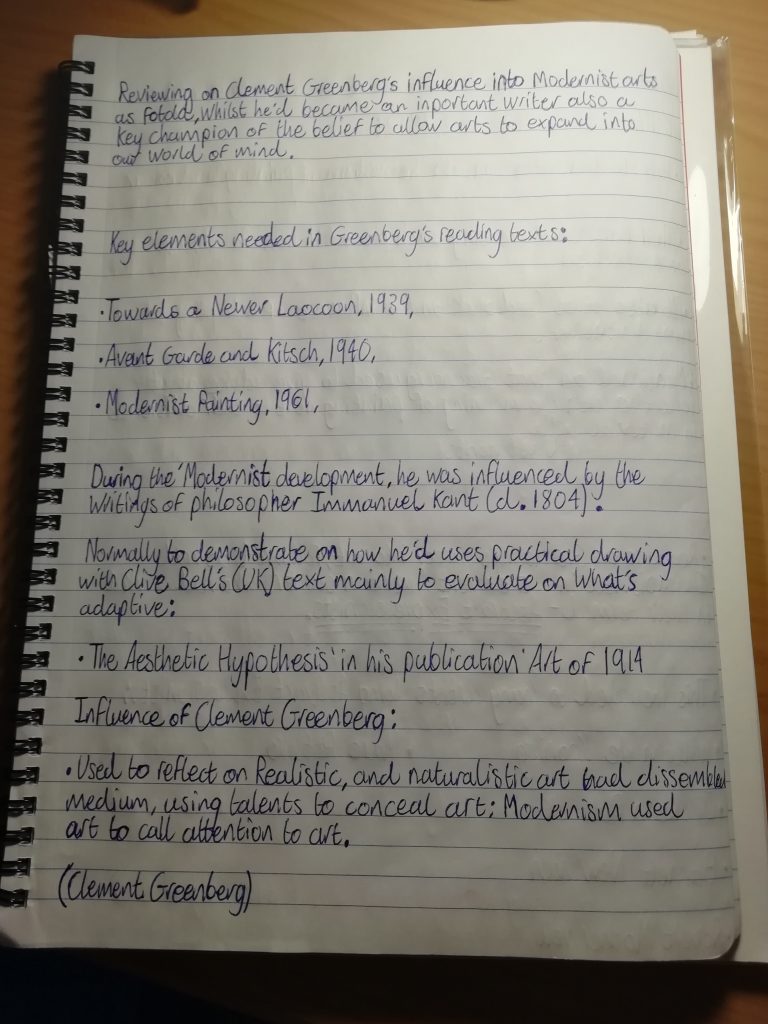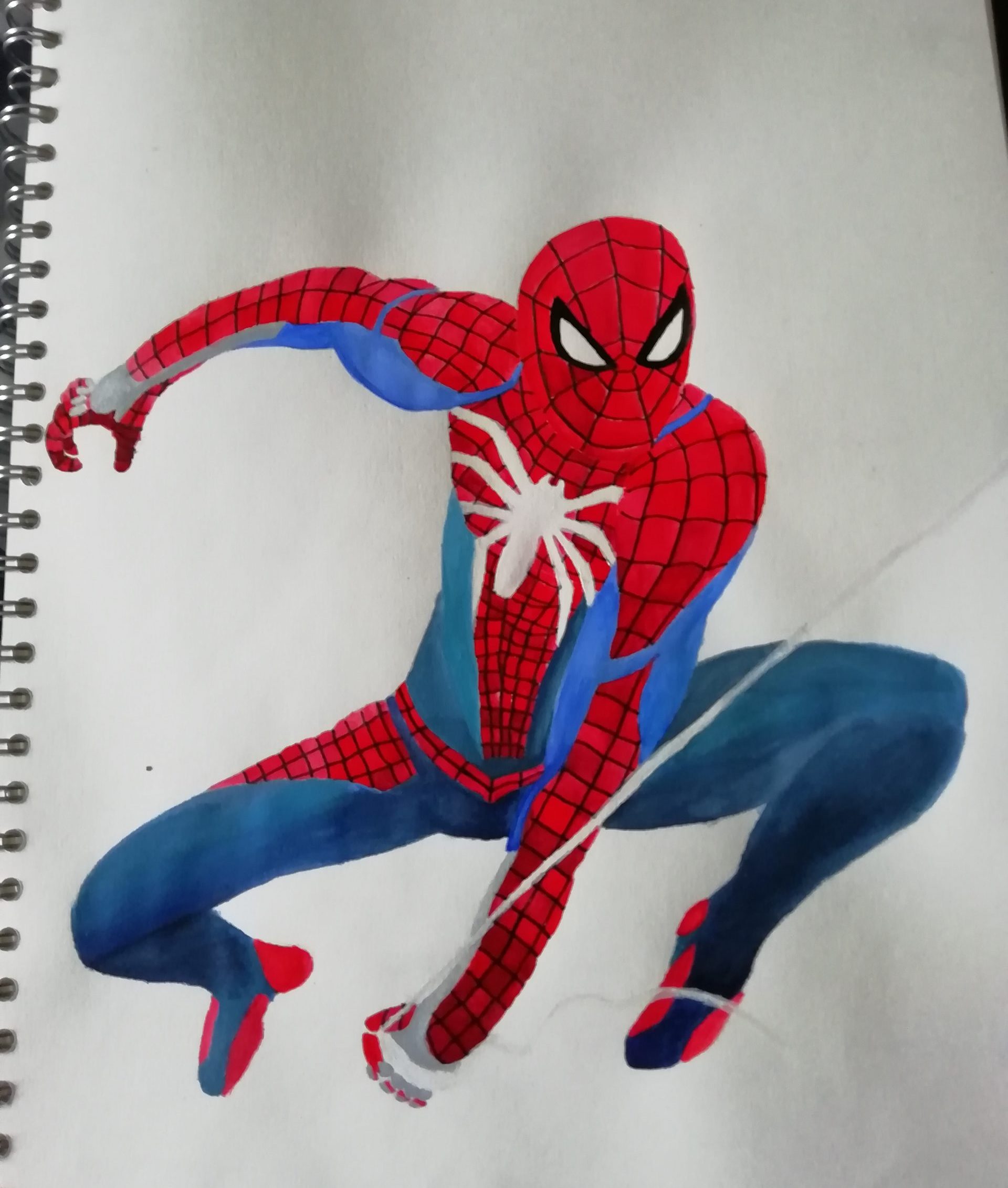Beginning on my year 2 lecture online sessions at Ultra Blackboard, to discuss writing on which artists had experimented in their periods to help understand with their techniques needed to absorb into my own research.
Followed in this response to study on Clement Greenberg’s lecture of post-war modernism, because it helps me to review on an artist connection to American influence of how I would examine onto these wonderful artworks.
This meant to engaged with a proposal into representations in abstraction, next to criticise facts towards Greenberg’s critic writings set in 20th centuries and how to reflect from my selected lecture onto inspiration of modern painting.
Techniques or artists used for Greenberg’s knowledge in our world:
- Cubism
- Matisse
- Cezanne
- Monet
- Rothko
To demonstrate on what to write Greenberg’s progress of evaluating most of his fellow artist’s works, at their directive stage of when I could adjust towards his approach to abstract developments and to share my purpose of my primary source with brushstroke textures even if focused on blending or wrestling.

Originally it was thought Greenberg is influenced from the written text by philosopher – Immanuel Kant, but to discuss on the means of art/literature together to talk about critics and what it could had my directive way into artworks treated as negative factors that were declared of old masters treatment being criticized.
Artists who are termed – Abstract Expressionists:
- Willem de Kooning
- Jackson Pollock
- Barnett Newman
- Robert Motherwell
- Marc Rothko
At my critical point of examining on these artists I’ve decided to study on Pollock, because he uses a different form of painting that are messy like dripping in his own way and what I could search into his splashed textures in physical development.
Pollock’s website: https://www.jackson-pollock.org/
Pollock’s Introduction in painting:
- A major figure in abstract expressionist movement
- Known in his technique of splashing paints onto a horizontal surface (“drip technique”)
- Enabling to adapt, view and drip paint his canvasses from all angles
- Mentioned by people as “Jack the Dripper”
- Used to experiment with All-Over Painting or mostly called “Action Painting”

From writing on Pollock’s methods of drip painting, I search for one of his most fascinated artworks – Blue Poles (1952) describing on its mixed media of drip colours both inner and outer layers of aesthetic beauty and in my inspiration of bringing colours to life of variation of thoughts and felt of aggressive or rage emotions that I’ve put together in my post-war modernism essay.
